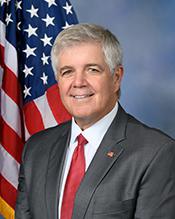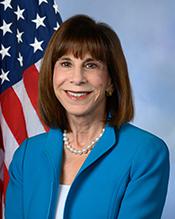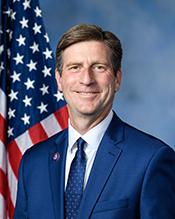H.R. 2002: Patient Matching And Transparency in Certified Health IT Act of 2025
This bill, known as the Patient Matching And Transparency in Certified Health IT Act of 2025, aims to improve the systems for accurately matching patients with their medical records in the healthcare system. Here are the key components and provisions of the bill:
Objectives and Findings
The bill starts with findings that highlight the significance of precise patient identification. The current healthcare system lacks:
- A national strategy for accurate patient matching.
- A standardized definition of "patient match rate".
- Effective management of issues such as duplicate and overlaid medical records, which can result in severe patient safety risks and unnecessary healthcare costs.
It is noted that patient misidentification can lead to medical errors, repeated unnecessary medical tests, and significant financial losses for hospitals and the healthcare system, amounting to billions annually.
Establishment of Standards
The bill directs the Secretary of Health and Human Services to develop a uniform definition and standards for patient match rates within 180 days of enactment. This includes:
- Addressing issues of duplicate and overlaid records.
- Tracking the accuracy of patient matches within healthcare providers and systems.
The Secretary is also mandated to review and update these standards regularly, at least every three years.
Data Set Development
Within 180 days of the enactment, the National Coordinator of Health Information Technology is required to:
- Review and identify a minimum data set essential for supporting patient matching that achieves a 99.9 percent match rate.
- Incorporate this minimum data set into established interoperability standards for electronic health records (EHR).
This data set will be developed with input from healthcare providers, EHR vendors, patient groups, and other stakeholders.
Integration in Certification Requirements
The bill also mandates the incorporation of the established minimum data set into the certification criteria for health information technology by the Secretary within 180 days of finalization. Moreover, two years after this incorporation, the minimum data set will be required for Medicare interoperability program criteria.
Incentives for Interoperability
To encourage accurate patient matching, the bill requires the Centers for Medicare and Medicaid Services to establish a voluntary bonus incentive for providers who achieve a specified patient match rate, initially set at 90 percent. This will include:
- A voluntary reporting program for providers to submit patient matching accuracy data anonymously.
- Annual evaluations of patient match rates, where adjustments can be made to the criteria based on reported data.
Importantly, participants will not be penalized in their scores for not reporting a patient match rate, and the specifics of such reports will remain confidential.
Overall Goal
The overarching aim of this legislation is to enhance the interoperability of health records, thereby reducing patient misidentification, improving patient safety, and decreasing unnecessary healthcare costs driven by misidentifications.
Relevant Companies
- AMGN (Amgen Inc.): As a major player in healthcare, they may need to adapt their record-keeping and patient management protocols to align with the new standards.
- CERN (Cerner Corporation): As an EHR vendor, Cerner will be directly impacted by the requirements to adopt the improved minimum data set and patient matching standards.
- EPD (Entergy Corporation): They may face implications related to managing healthcare data systems that need to comply with the new regulations set forth in the bill.
This is an AI-generated summary of the bill text. There may be mistakes.
Sponsors
11 bill sponsors
-
TrackMike Kelly
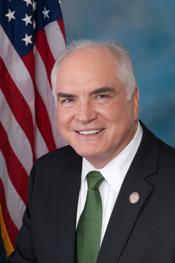
Sponsor
-
TrackAngie Craig
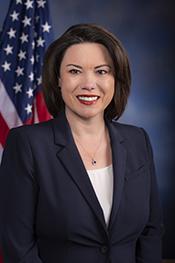
Co-Sponsor
-
TrackDonald G. Davis
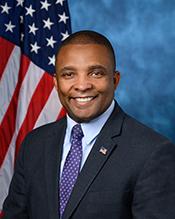
Co-Sponsor
-
TrackBill Foster
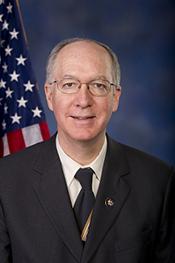
Co-Sponsor
-
TrackJosh Harder

Co-Sponsor
-
TrackCarol D. Miller

Co-Sponsor
-
TrackSeth Moulton
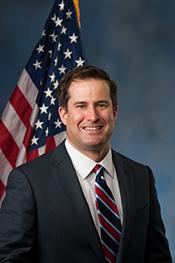
Co-Sponsor
-
TrackEleanor Holmes Norton

Co-Sponsor
-
TrackJimmy Panetta
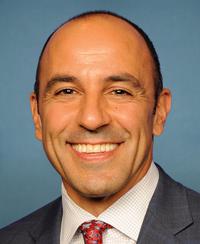
Co-Sponsor
-
TrackTerri A. Sewell
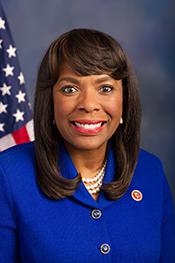
Co-Sponsor
-
TrackThomas R. Suozzi

Co-Sponsor
Actions
2 actions
| Date | Action |
|---|---|
| Mar. 10, 2025 | Introduced in House |
| Mar. 10, 2025 | Referred to the Committee on Energy and Commerce, and in addition to the Committee on Ways and Means, for a period to be subsequently determined by the Speaker, in each case for consideration of such provisions as fall within the jurisdiction of the committee concerned. |
Corporate Lobbying
0 companies lobbying
None found.
* Note that there can be significant delays in lobbying disclosures, and our data may be incomplete.
